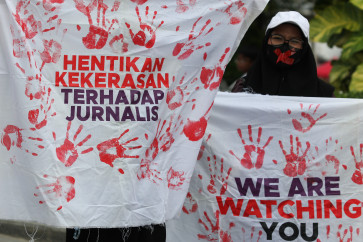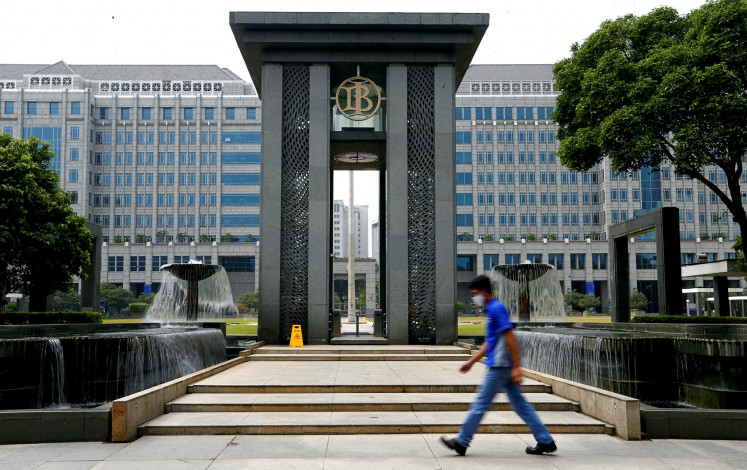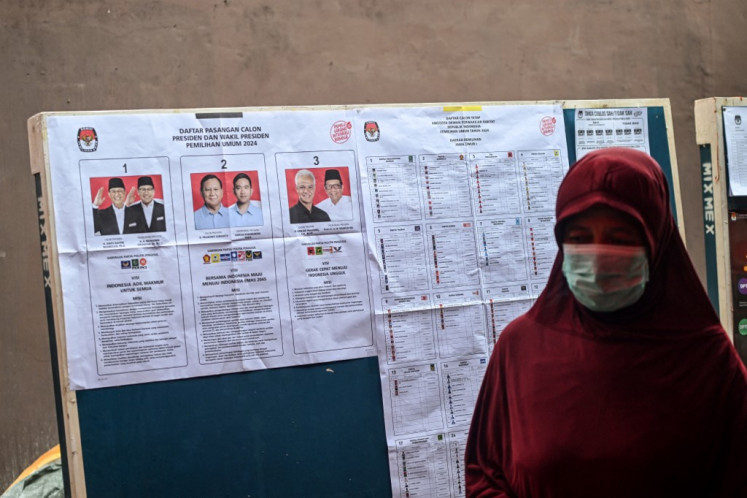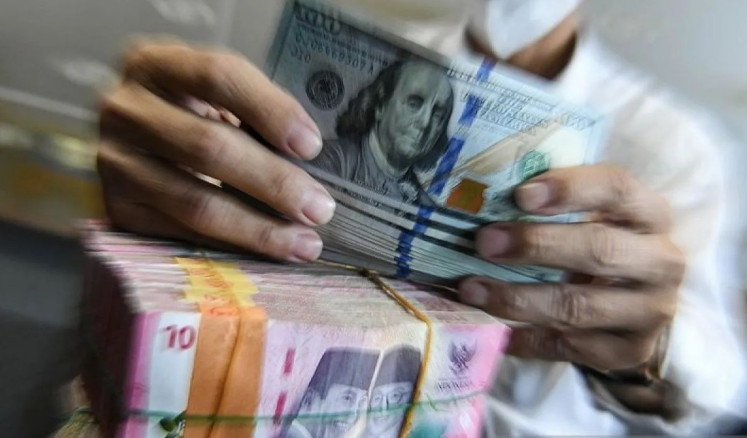Popular Reads
Top Results
Can't find what you're looking for?
View all search resultsPopular Reads
Top Results
Can't find what you're looking for?
View all search resultsChoose the road less traveled and act like a tree
Although I am from the US, the Europeans were the ones to point me down the green economy path
Change text size
Gift Premium Articles
to Anyone
Although I am from the US, the Europeans were the ones to point me down the green economy path.
I was in Peshawar, Pakistan, working for an Afghan NGO in the spring of 1992, shortly after the former Soviet Union had abandoned its Afghanistan colonization project but before the 1996 rise of the Taliban.
Afghans were flooding back across the border, returning from exile in Pakistan to their ancestral homelands. Along with many organizations, our NGO was pushing to increase Afghanistan’s agricultural output for the returning refugees using “improved seed” (as genetically modified seed was then called) and literally tons of chemical fertilizers. The 1992 Rio Earth Summit had left its stamp on the European Union (EU), which was a major donor of our reconstruction projects.
One day, Jelani, the NGO’s Afghan director, called me into his office, where we had a good laugh over the foolish Europeans who wanted us to address the impact of these chemicals leaching into Afghanistan’s groundwater and rivers. Wasn’t it enough that we getting the economy moving?
Sure, economic improvements were fine if we didn’t want to think about the next generation of Afghans combating nitrogen - and phosphorus-polluted rivers, lakes and groundwater, or farmers abandoning traditional practices that didn’t depend upon an abundant supply of water annually – a required resource for the improved seed and chemical fertilizer mix and one grievously lacking in a semi-arid nation.
A green economy is loosely defined as one in which the human economy is inserted into the natural environment; see Figure 2. Like the majority of humanity then and now, we were living the myth portrayed by classical economics as pictured in Figure 1 – the traditional circular flow model. Figure 1 is still standard economic textbook material where producers and consumers create, consume and discard in a void.
In this land of fantasy, no one has to be concerned where energy and natural resources come from and if/when they’ll run out; we do not need to worry ourselves over the waste absorption capacities of nature’s natural purifiers such as the air, water and earth, when every available molecule becomes plugged and saturated with contaminants that make us sick.
Ecological economist Herman Daly has been pointing out the fallacies of Figure 2 since the 1970s. He defines a green economy as an economy “that imitates green plants as far as possible”. It is an apt metaphor.
Humanity can imitate green-plant strategy by maximizing the use of solar energy and minimizing the use of scarce terrestrial materials, such as fossil fuels and minerals, by investing these scarce materials in photovoltaic cells and windmills, as well as by recycling materials for reuse, Daly explains. A green economy gets better without getting bigger.
Earth Summit 2012, also referred to as the Rio+20 in reference to the conference noted above held in Rio in 1992, will return to the Brazilian city from June 20-22. The theme of the summit will focus on a green economy in the context of poverty eradication and sustainable development.
“Think” like a plant, and go green.
The writer can be reached at mary.edwards@gmail.com










